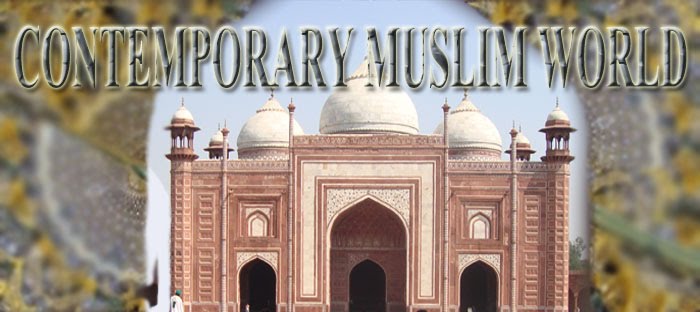Are Indian Muslims putting a spoke in
India’s wheel of development? The question is disturbing as well as complex.
Understandably, the responses to the question would vary based on the bent of
mind one has. One thing, however, is clear that owing to their educational
backwardness they have already missed the bus, nay, plane of development.
At present there are some 480 Universities
beside many thousand colleges which provide higher education to just 12.4%
youth in the age group of 18-24. This is very low compared to gross enrolment
ratio (GER) in developed countries which is above 40%; in some countries it is
above 53%. India’s GER falls short of the global average of 23% also. This
pathetic scenario becomes more disturbing when viewed in the perspective that
India has the third largest network of higher education after China and USA.
India’s education leadership believes that
the country needs to set up within few years some 800 new universities and
35000 colleges in addition to the existing ones to meet the huge requirements
of human resources to maintain its fast growing economy. This appears more a
day dreaming than realistic planning. It takes time and requires resources,
both human and financial, to set up a university. One has just to look at the
slow progress of central universities being set up in various states by the
central government. There was no dearth of fund and as a result many of these
central universities kicked off well but their administrators soon realized
that physical and human infrastructure cannot be developed overnight.
Where do Muslims stand? Their share in the
college going population is understandably very poor. Just about 4% according
to 2001 census data which is abysmal by any standard. The central government
has launched programmes including multi-sectoral development scheme in 90
minority dominated districts nearly half of which are dominated by non-Muslim
minorities. Information available from government and private sources suggests
that the scheme has failed to deliver the desired results, especially in Muslim
dominated districts.
It is easy to blame the other, and even
more easy to criticize the government. But where are Muslim intelligentsia and
leadership? Do they really exist? Are they relevant in contemporary India?
The eye that sees everything cannot see
itself. It is indeed difficult, both for individuals as well as communities, to
find out the weaknesses within. The Muslims are no exceptions; they must
realize now that blaming the others has not paid in the past and would not work
in future.
State is the main supplier of primary,
secondary and higher education in India. But over 20% primary and secondary
education is provided by the private sector. Not just the Muslim share in privately
run schools is very low, most Muslim managed schools are administered poorly as
well. The main reason of failure lies in the management being undemocratic.
Muslim intelligentsia and leadership need to do soul searching and see if they
have a role to play here.
It is unfortunate that most universities in
India lack democratic culture and temperament. Institutional mechanism for
practicing and promoting democratic style of functioning has been provided in
every university. However, it is the writ of the Vice Chancellor that runs
everywhere. In officially declared Muslim minority institutions, Aligarh Muslim
University, Jamia Millia Islamia and Jamia Hamdard, democratic voices are
routinely suppressed. It is a shame that a Vice Chancellor and some professors
of the above mentioned Muslim institutions are under CBI’s investigation.
It hurts the most that the brain child of
great visionary, Hakeem Abdul Hameed, Jamia Hamdard, too, has fallen on bad
days. Just a Deemed University, it ranks among top 30 universities of the
country.
The trillion dollar question, however, is
if it can maintain its high level of performance especially in the prevalent
atmosphere when breaking of rules by the authorities has become the norm; when
Muslims would realize that education is an industry and deserves to be run
professionally and democratically by well paid administrators and academics.
The subtle move to privatize Jamia Hamdard and deny its employees in future of
many benefits that their counterparts have in central universities is not the
way to take the university forward.
The main gate of Jamia Hamdard’s Faculty of
Science is decorated with two architecturally beautiful candles. They must keep
on burning as beacons of hope for the younger generations and as a source of
inspiration to the large-hearted men and women who dedicate their personal
fortunes to serve humanity at large.
In the aftermath of the Partition Delhi’s
rich and educated Muslims were fleeing to Pakistan in panic. In those disturbed
times late Hakeem Saheb not only remained cool-headed but also converted his
personal fortunes into a Wakf for creating institutions like Jamia Hamdard. He
found solution to Muslims’ problems in building institutions which he realized
was more valuable and beneficial than making money. The lesson is loud and
clear.
(January
2012)

No comments:
Post a Comment